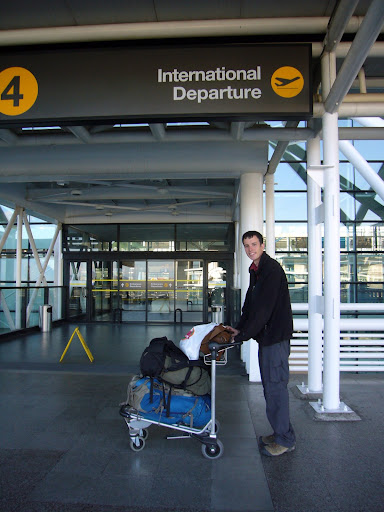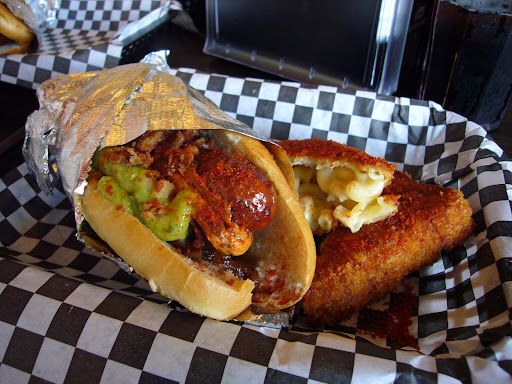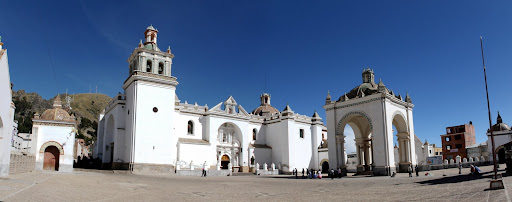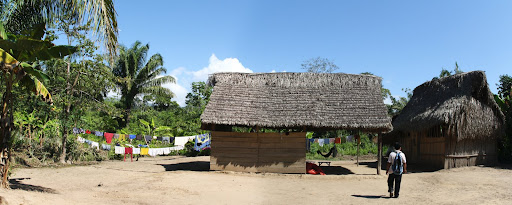As I had mentioned in earlier posts, we ran into some problems with entering Peru due to a mining protest that closed the Bolivia-Peruvian border for a number of weeks. The detour we selected was to travel back to Chile by bus and then fly to Lima with a stopover in Santiago. We would have preferred to stop in Lima instead but there was no award availability so we just had to make due with Santiago.
After our visit to Lake Titicaca and Isla del Sol, we returned to La Paz and spent one last day there. The next day we were booked on a 10-hour international bus from La Paz to Arica, Chile so of course this had to be the time when I was to come down with some sort of stomach bug. Fortunately the bus was mostly on time and we had saw some nice volcanoes along the way. The only glitch was an extra hour at the border thanks to some older Bolivia lady who thought she could bring a huge load of merchandise (snacks, bottled drinks, etc) into Chile without paying import duty. Removing her and all her merchandise from the bus took far longer than it should have!
Arica, the northernmost city in Chile and just a few miles from Peru was pretty nice as border towns go. The city has a lively harbor with more than its share of sea lions and pelicans. We found it entertaining to watch the fishermen feed fish scraps to the sea lions as well as the pelicans’ unrelenting efforts to steal some for themselves from the clumsy yet powerful beasts.
Flying from Arica to Santiago was uneventful. It was a late-night flight with LAN Chile that departed around midnight and arrived around 2AM. It was still much better than a bus ride, that is for sure! In Santiago we had a day to kill so we visited one of the produce markets. Lots of vendors were selling fresh fruit juices so we ordered up some lucuma – a new fruit for both of us. This may sound strange but the juice tasted like cake batter with maybe a hint of maple syrup. It wasn’t tangy at all nor was it overly sweet. Lucuma is truly strange fruit and I have to say I rather liked it.
We took another flight with LAN Chile to get from Santiago to Lima. This time around I discovered that I could request upgrades through the LAN website prior to check-in thanks to my recently-comped Comodoro status in the LANpass mileage program. I was shocked when I checked in and was given a business class boarding pass because we were traveling on award tickets issued using British Airways miles. Normally, when you redeem miles for free flights they are strictly non-upgradeable. Maybe it was a glitch, but either way I wish I had known to try this before our flights out to Easter Island and back!
Our connection in Lima was an 8-hour overnight one so we opted to camp out in the airport. We were able to use the airport’s shared lounge (Sumaq) but unfortunately some displaced passengers from a delayed Delta flight had already occupied all of the nice sleeper chairs in the lounge. All in all, it was a pretty sleepless night but we did get to take some showers just prior to boarding our flight to Miami.
We arrived in Miami and within the first two hours of being “welcomed” home we experienced a lengthy immigration queue, enhanced pat-downs, and a full-on TSA meltdown whereby they yell for everyone on the concourse to freeze where they are until the alert is over. I sure hadn’t missed this circus over the past few months! What I had been missing, however, was some tasty American fast food.























